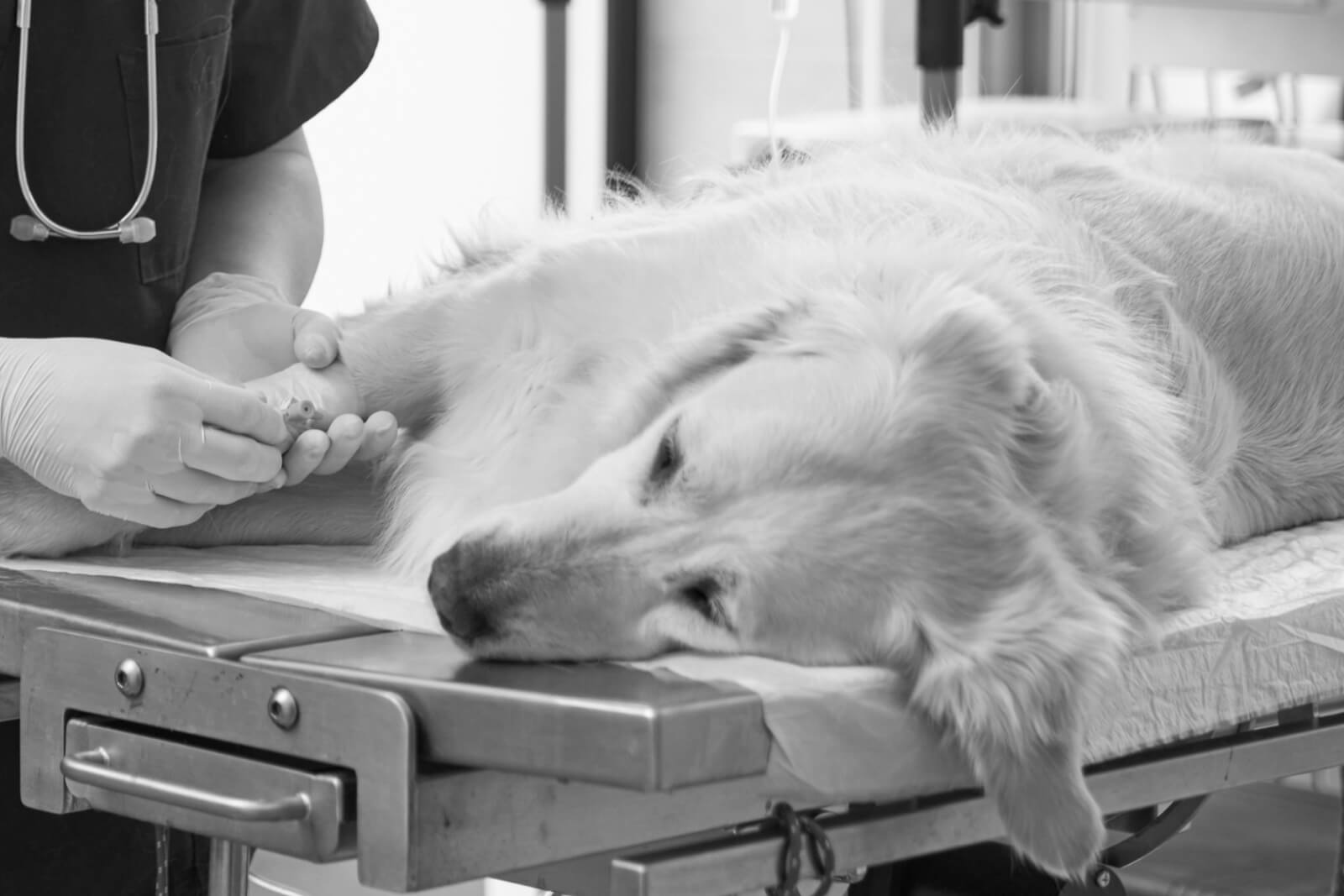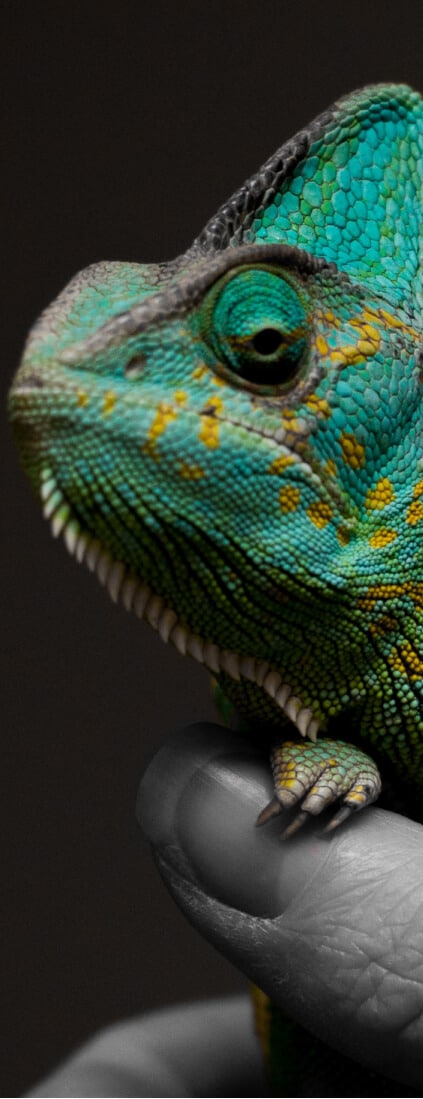If your dog has diabetes and their health is worsening despite treatment, you may be facing one of the hardest decisions as a pet owner. Frequent complications, unmanageable symptoms, or signs of suffering can all point to a reduced quality of life.
This article outlines the 6 clearest signs that your dog may be nearing the end and offers guidance on knowing when euthanasia might be the kindest next step.
What Diabetes Means for Your Dog’s Health
Diabetes in dogs (also known as diabetes mellitus) is a chronic condition where the body either doesn’t produce enough insulin (the hormone that moves sugar from the bloodstream into cells) or the cells don’t respond properly to insulin. As a result, blood sugar, also called blood glucose, builds up to dangerous levels while the cells remain starved for fuel.
There are two common types of diabetes in dogs:
- Type 1 (insulin-deficient): The pancreas stops producing enough insulin, often after inflammation or pancreatitis. This is the most common type in dogs.
- Type 2 (insulin-resistant): The body still produces insulin, but cells don’t respond to it properly. This is more likely in older, overweight dogs, but is less common than in humans.
Regardless of type, diabetes disrupts your dog’s metabolism, affects vital organs over time, and requires lifelong management.
As a pet owner caring for a diabetic dog, you’re often tasked with:
- Administering insulin injections at the same time each day
- Monitoring blood sugar levels and recognizing warning signs of highs (hyperglycemia) or lows (hypoglycemia)
- Managing strict meal timing and specialized diets to avoid glucose spikes
- Cleaning up accidents from increased urination (polyuria) or incontinence
- Watching for sudden behavior changes related to low blood sugar
Over time, if diabetes is not well-controlled, complications like cataracts, neuropathy, or kidney disease can develop—affecting both your dog’s comfort and quality of life.
6 Signs Your Dog With Diabetes is Dying
1. Repeated Diabetic Ketoacidosis (DKA) Crises
Diabetic ketoacidosis is a critical, emergency complication where the body starts breaking down fat instead of glucose—producing dangerous acids called ketones. Signs include:
- Vomiting
- Sweet-smelling (fruity or acetone-like) breath
- Rapid or shallow breathing
- Severe lethargy or confusion
If your dog has had multiple DKA episodes, it likely means their diabetes is unstable and life-threatening. Each recurrence affects their ability to recover.
2. Blood Sugar That No Longer Responds to Insulin
If you’ve been carefully adjusting insulin doses and diet, but blood glucose levels still swing dangerously high or low, your dog may be developing insulin resistance or other complications.
When even consistent treatment doesn’t help, it can mean the disease is reaching an unmanageable stage.
3. Struggling with Daily Activities or Basic Mobility
If your dog can’t get up without help, struggles with walking, or no longer responds to cues or routines, they may be experiencing diabetic neuropathy (nerve damage) or advanced fatigue. Watch for:
- Instability, weakness, and/ or uncoordinated movement
- Difficulty standing or going to the bathroom
- Disinterest in eating or playing
These are clear signs that day-to-day life has become too difficult.
4. Developing Blindness From Cataracts
Diabetes often causes cataracts, a condition that makes the eyes cloudy. This vision loss happens because high blood sugar damages the lens of the eye.
If your dog is:
- Bumping into walls or furniture
- Hesitating on stairs or new surfaces
- Startled by your touch
…they may be experiencing partial or complete blindness.
While surgery is an option for some, it may not be viable in late-stage or frail dogs.
5. Early Signs of Kidney Failure
As diabetes progresses, it can harm the kidneys. Signs to watch for include:
- Increased thirst (polydipsia) and urination may be one of the first signs that are noticed by the family
- Late stage may result in reduced urination
- Bad breath (often ammonia-like), nausea, and/or vomiting will occur as toxins build up in the system when the kidneys can’t properly filter them out
- Dehydration and weakness
- Pale mucous membranes as a result of anemia secondary to kidney failure
These symptoms point to chronic renal failure, a serious and often irreversible complication.
6. Severe Weight Loss Despite Eating Normally
If your dog is eating but still losing weight, it may mean their body is no longer able to use glucose for fuel. You might notice:
- Visible ribs or spine
- Muscle loss in the legs or face
- A general frail or bony appearance
This happens because the body begins breaking down fat and muscle for energy, which is an indicator that their metabolism is failing.
How to Know When It’s Time to Say Goodbye
The decision to euthanize a diabetic dog isn’t based on one symptom alone.
It’s about the full picture of how your dog is living each day. Some dogs stabilize for months or even years with consistent care. Others experience rapid declines, especially if complications like ketoacidosis or kidney failure develop.
Veterinarians often recommend using a structured method like the HHHHHMM Scale (Hurt, Hunger, Hydration, Hygiene, Happiness, Mobility, More Good Days Than Bad) to provide a subjective measure of quality of life.
If your dog is in frequent pain, no longer enjoying life, or struggling with even the most basic functions, it may be time to consider whether prolonging care is still in their best interest.
Source: Villalobos, A. (2008). “The HHHHHMM Quality of Life Scale.” OVMA Conference Proceedings.
What Happens During Euthanasia?
If you choose euthanasia, your vet or in-home care provider will guide you through the process step by step. The procedure is designed to be as painless and peaceful as possible. Your dog will first receive a sedative to make them fully anesthetized. Once they’re fully asleep, a second injection stops the heart within seconds.
End-of-Life Options and Aftercare
You’ll also need to decide on aftercare. Common options include:
- Private cremation
- Communal cremation
- Home burial (check your local laws before proceeding)
There are 2 main types of cremation: flame or water based (Aquamation). Aquamation is an eco-friendly choice that uses substantially less energy than flame cremation, and returns more cremains to you as well. Aquamation is a wonderful way to honor your pet and the environment.
If you’re in the Portland, Oregon area, our team at Compassionate Care offers 24/7 in-home euthanasia and aftercare services, and we’re here to support you through every step of this difficult decision.
Frequently Asked Questions
Can dogs with diabetes live long lives?
Yes—many dogs live for years with proper insulin, diet, and monitoring. But complications like ketoacidosis, infections, or organ failure can shorten that timeline.
How long can a diabetic dog live with complications?
Once complications like kidney failure or frequent DKA episodes set in, the prognosis worsens. Some dogs decline within weeks or months, depending on response to treatment.
Should I try more treatments before considering euthanasia?
Talk to your vet honestly. If new treatments aren’t helping or are causing stress without improving quality of life, it might be time to shift your focus from extending life to easing suffering.
What signs mean my diabetic dog is suffering?
Refusal to eat, repeated vomiting, inability to stand or walk, confusion, panting, or persistent accidents are signs your dog is no longer comfortable.

















